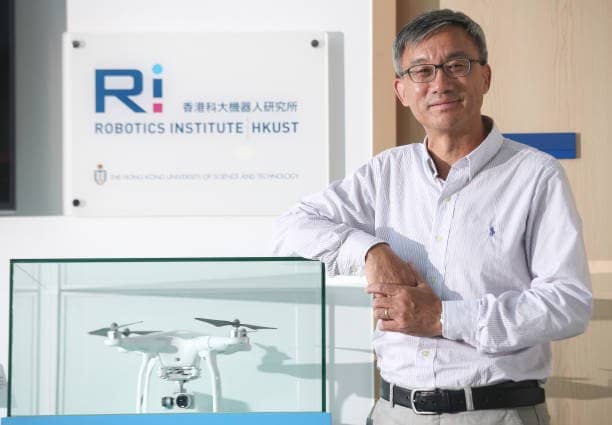In a significant leap forward, a research team led by The Hong Kong University of Science and Technology (HKUST) has introduced an innovative single-molecule platform designed for detecting various amylin species. This groundbreaking approach leverages optical plasmonic tweezers and Surface-Enhanced Raman Spectroscopy (SERS) to delve into the molecular intricacies of pH-dependent amylin species associated with type 2 diabetes.
Table of Contents
Revolutionizing Single-Molecule Techniques
The realm of single-molecule techniques has become pivotal in unraveling the complexities of molecular systems, eliminating ensemble averaging, and allowing the examination of individual molecules. However, existing methods face limitations, such as the requirement for ultra-dilution and molecular immobilization, owing to the constraints of the diffraction-limited detection volume.

Unveiling Amylin’s pH-Dependent Structures
Human Islet Amyloid Polypeptide (amylin, hIAPP), a pivotal player in type 2 diabetes, exhibits aggregation propensity influenced by environmental factors like concentration and pH. Conventional single-molecule approaches struggle to detect rare and transient amylin species in dynamic mixtures. The need for advanced methods led the HKUST research team to develop a platform that overcomes these challenges.
Novel Single-Molecule Platform
Led by Prof. Huang Jinqing, Assistant Professor at HKUST’s Department of Chemistry, the team introduced a single-molecule platform that seamlessly combines optical plasmonic manipulation and SERS measurement. This platform enables efficient and high-throughput single-molecule characterization of pH-dependent amylin species at physiological concentrations.
The researchers ingeniously constructed a plasmonic junction between two Ag nanoparticle-coated silica microbeads, forming a dynamic nanocavity upon laser irradiation. This nanocavity encapsulates a single or a few molecules, facilitating sensitive SERS characterizations. The platform’s spatial confinement in the nanometer scale goes beyond the optical diffraction limit, enabling precise position control, minimizing detection volume, and boosting SERS enhancement simultaneously.
Optical Plasmonic Tweezers and SERS
The platform harnesses the principles of optical plasmonic tweezers and SERS phenomena, providing spatially confined control and enhanced detection. By adeptly switching the laser light between “on” and “off” states, the researchers gain control over optical plasmonic trapping, facilitating high-throughput sampling and simultaneous SERS measurements.
Revealing Structural Insights with Precision
The team successfully utilized the platform to acquire a significant amount of SERS spectra, unveiling structural features of various amylin species under distinct physiological conditions. Through statistical analysis of single-molecule level structural details, the researchers gained profound insights into the population and probability of specific molecule types within the heterogeneous mixture.
Impact on Type 2 Diabetes Understanding
The direct structural characterization of amylin species within heterogeneous mixtures provided insights into pH-regulated amyloid aggregation associated with type 2 diabetes. The study identified low-populated amylin species and highlighted their impact on irreversible amyloid development, offering a potential breakthrough in comprehending the condition.
HKUST – Future Implications
Prof. Huang emphasized the user-friendly strategy of the platform, effectively reducing detection volume, enhancing molecular signals, and increasing efficiency. The single-molecule platform’s potential to uncover hidden mysteries in complex systems positions it as a valuable tool for future research endeavors.
The HKUST-led research introduces a pioneering single-molecule platform that transcends current limitations, opening new avenues for studying complex molecular systems and advancing our understanding of conditions like type 2 diabetes. As technology continues to evolve, this innovative approach could pave the way for more comprehensive insights into the intricate world of molecular structures and their implications for various medical conditions.